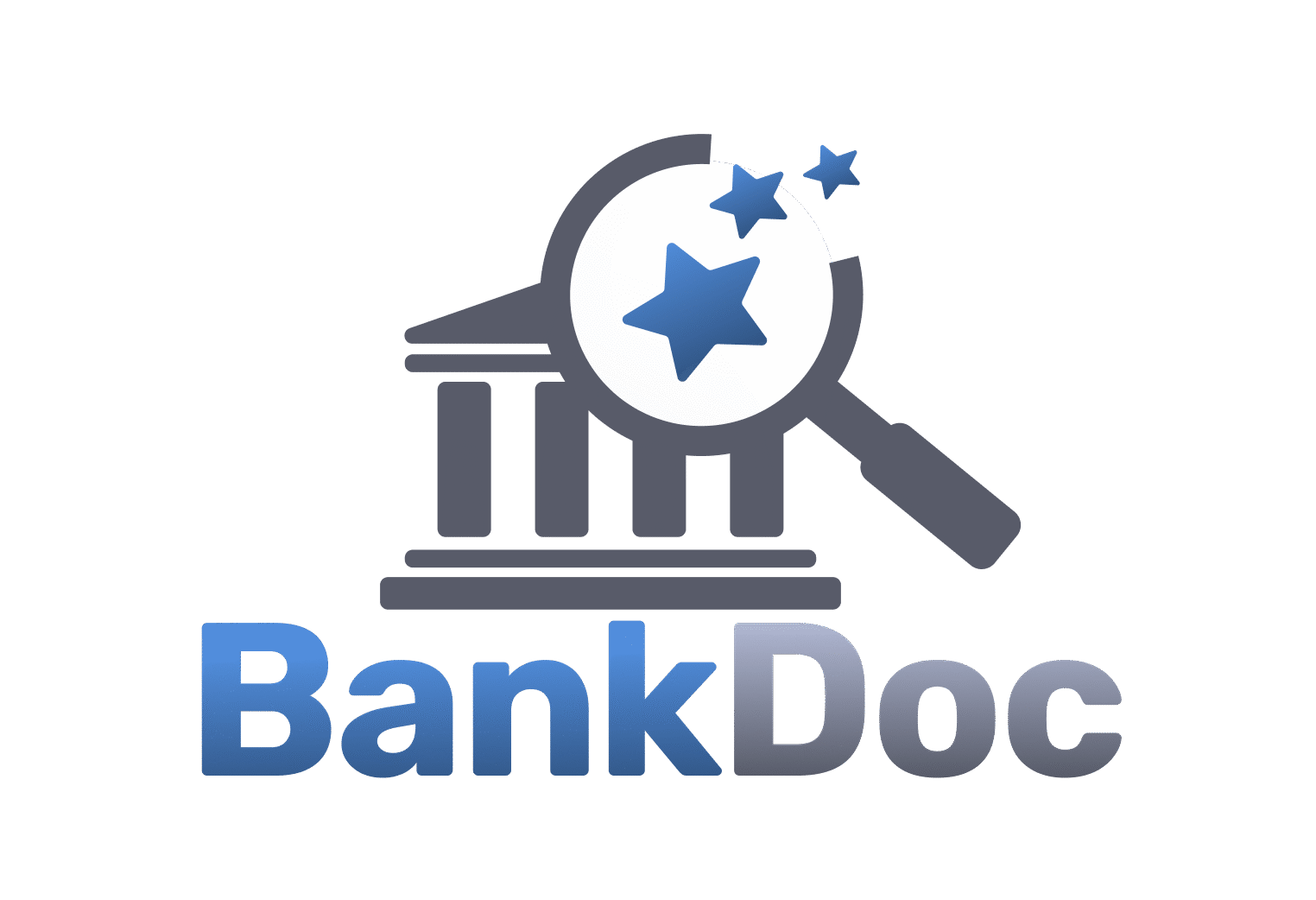As the global economic environment continues to evolve, mortgage rates across Europe remain a critical factor for homebuyers, investors, and financial planners. In 2025, mortgage rates in Europe show notable variation, driven by national economic conditions, ECB policy, and regional demand. Understanding these rates and how they impact your financing decisions can help you navigate Europe’s mortgage market more effectively.
What Determines Mortgage Rates in Europe?
Mortgage rates in Europe are influenced by several key factors:
- ECB Monetary Policy: The European Central Bank’s interest rate decisions have a direct impact on the cost of borrowing for banks, which in turn affects the rates offered to consumers.
- Inflation and Economic Outlook: Countries experiencing higher inflation or economic instability often see higher mortgage rates due to increased lending risk.
- Regulations and Tax Incentives: Some countries offer favorable tax treatments or government-backed incentives, which can lower the effective cost of mortgages.
- Market Competition: More lenders in a country can increase competition, which tends to lower interest rates, making it more affordable for consumers.
In this article, we’ll explore the mortgage rates in key European countries, providing insights into current trends and how they might affect your decisions.
Average Mortgage Rates in Europe: Country Breakdown for 2025
Mortgage rates vary significantly across the continent. Here’s a closer look at the average rates in several European countries as of early 2025.
Eurozone Average: 2.42%
The euro area, as a whole, currently sees an average mortgage rate of 2.42%. This figure is based on new business mortgage rates for house purchases and reflects a balanced economic outlook across the region, where countries benefit from relatively stable inflation and the ECB’s recent interest rate decisions.
Spain: 3.04%
Spain’s mortgage rates are slightly higher than the euro area average at 3.04%. The country is seeing moderate economic growth, but lending conditions remain competitive. Interest rates in Spain are relatively low compared to the wider European market, making it an attractive destination for property buyers.
France: 3.12%
In France, mortgage rates stand at 3.12% for a typical 1–5-year fixed-rate mortgage. France’s mortgage market benefits from the government’s support for homeownership, including favorable loan-to-value (LTV) ratios and various fiscal incentives. This makes it an ideal option for long-term homebuyers.
Germany: 3.52%
Germany, traditionally a low-interest-rate country, now reports an average mortgage rate of 3.52% for 1–5-year fixed-rate loans. While this is higher than the eurozone average, Germany’s strong economic fundamentals and stable housing market make it an attractive place for long-term investments despite the higher borrowing costs.
Italy: 3.12%
Italy’s mortgage market is currently aligned with France’s, with rates averaging 3.12%. Homebuyers in Italy benefit from relatively stable property prices and favorable loan conditions, though the economic uncertainty in some regions can create variations in available rates.
Finland: 3.23%
In Finland, the average mortgage rate is 3.23%. Finland’s mortgage market is characterized by its resilience and long-term affordability, even with slight fluctuations due to ECB policy changes. Finnish banks offer competitive fixed-rate mortgages that cater to first-time buyers.
Estonia: 4.44%
Estonia’s mortgage rates are among the highest in Europe, averaging 4.44% for 1–5-year fixed-rate loans. The country’s growing real estate market, combined with higher inflationary pressures and the impact of global monetary policies, has led to more expensive borrowing.
Greece: 3.78%
Greece has a relatively higher mortgage rate at 3.78% compared to other Southern European countries. Despite some improvements in the national economy and a recovering housing market, borrowing costs are still relatively high due to economic recovery challenges.
Hungary: 6.56%
Hungary reports one of the highest mortgage rates in Europe, with a typical rate of 6.56%. This is largely due to higher inflation, the country’s economic challenges, and a more volatile lending environment. Borrowers in Hungary face steeper borrowing costs, which could affect property investment opportunities in the country.
Ireland: 3.73%
Ireland’s mortgage rates average 3.73%, reflecting the country’s growing housing demand and relatively tight lending conditions. While property prices have risen in recent years, the higher borrowing costs remain a barrier for many potential homebuyers.
Key Takeaways
- Competitive Mortgage Markets: Southern European countries such as Spain and Italy offer mortgage rates that are highly competitive compared to the EU average, making them great options for homebuyers and investors looking for affordable financing options.
- Higher Borrowing Costs: Countries like Hungary and Estonia experience higher mortgage rates due to local economic factors, including inflation and tighter monetary policies.
- Stable Financing: Northern European countries like Germany, Finland, and the Netherlands provide more stability in their mortgage markets, though borrowing costs have risen slightly due to global economic pressures.
What This Means for Borrowers and Investors
- Homebuyers in low-rate countries like Spain, Italy, and France can benefit from relatively low borrowing costs, allowing them to secure favorable financing for their property purchases.
- Investors should consider the impact of borrowing costs when evaluating rental yield in countries with higher mortgage rates, such as Hungary and Estonia.
- Refinancing may be a good option for homeowners in higher-rate countries as the ECB’s policy continues to evolve, potentially lowering rates further in the coming years.
Conclusion
Mortgage rates in Europe in 2025 reflect a diverse landscape shaped by both global and local economic forces. By understanding the rates in different countries, borrowers and investors can make informed decisions about where to buy property or how to finance their homeownership journey. Keep an eye on ECB policy shifts and local market conditions to stay ahead in the evolving mortgage market.

